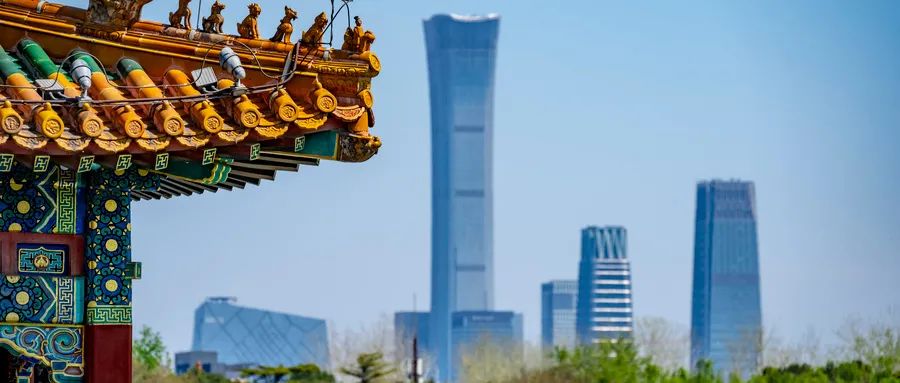
The third episode of this series will focus on the "City of Design" — Beijing, an old capital with thousands of years of history. The wisdom of design can be seen everywhere when you wander around Beijing, such as the courtyard homes, the Central Axis and ancient buildings, all reflecting the collision between an ancient Beijing and a modern one. What is unique about the design of this ancient capital? How should we promote the construction of "City of Design" in the future and present this new business card to the world? ICCSD will take you to find out the answers.
Overview: The Charming New Beijing in the Millennium-Old Capital
Design Week: A Capital of Culture and Art
Core Design Area: Sci & Tech Empowers Sustainable Design Development
Building the City of Design: Beijing Design Going Global
On June 15, 2012, following Shenzhen and Shanghai, Beijing joined the UNESCO Creative Cities Network (UCCN) as a City of Design for its sci-tech and cultural innovation. On the same day, then Deputy Director-General of UNESCO, Getachew Engida, sent Beijing the letter of approval, in which he wrote: "Beijing is a cosmopolitan city, recognized worldwide for its vast economic and industrial development. Beijing's policies have enabled new economic development opportunities to be realized through creative industries. Beijing's development path is in line with UNESCO's goal of integrating mainstream culture into its development strategy."
At the 3rd UNESCO Creative Cities Beijing Summit in September 2020, Xu Qiang, Director of the Beijing Municipal Science & Technology Commission, said that Beijing is currently using the "Three Cities and One Area" (Huairou Science City, Zhongguancun Science City, Future Science City and the Beijing Economic-Technological Development Area) as the main platform to accelerate the construction of a globally influential center of sci-tech innovation and has made significant progress in this regard. At the same time, as sci & tech and culture are deeply integrated, and the concept of "design makes a better city" is embraced by more people, the City of Design is gradually becoming the important support and growth engine for the sustainable urban development of Beijing.
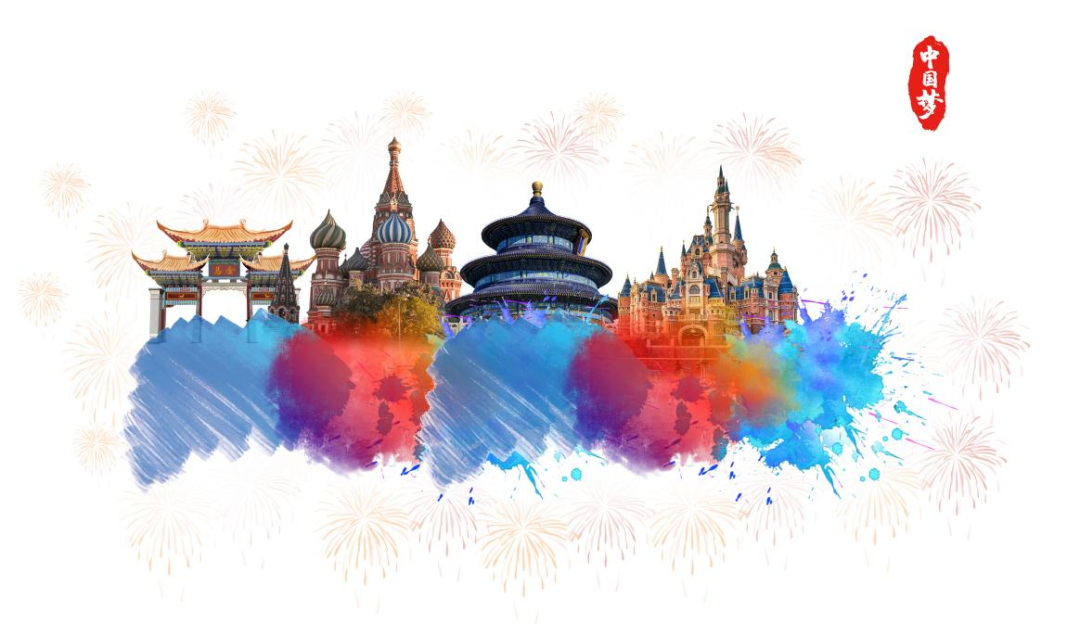
The Charming New Beijing in the Millennium-Old Capital
Beijing is the capital of China as well as its center of politics, culture, international exchanges and sci-tech innovation. It is also a fascinating ancient capital with a history of more than 3,000 years as a city and more than 860 years as a capital. Beijing is one of the cities that has the most world cultural heritage around the globe, featuring numerous places of historical interest and scenic beauty, as well as unique regional culture in folk crafts, traditional medicine, opera, music and literature creation. Beijing boasts more than 80 colleges and universities, including Peking University and Tsinghua University, and was the first to offer design classes in universities. As the center of education in China, it has the highest number of Internet users and websites in the country. It is also one of the top 10 cities in the world in terms of international conferences, hosting more than 5,000 international conferences and 240 international exhibitions every year. Now it has become a major city around the globe for international exchanges.

The two most distinctive features of Beijing as the City of Design are "technological innovation" and "cultural innovation". With culture as the growth engine, technology as the driving force, design as the integration element, and consumption as the tailwind, Beijing hopes to promote the integration of sci & tech, design and culture into economic growth, urban development and citizens' daily life.
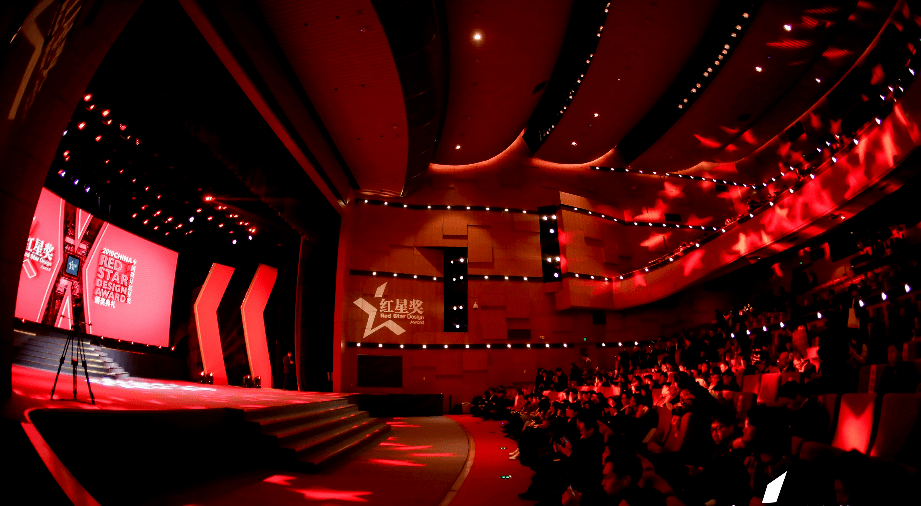
Red Star Design Award Ceremony (Photo via Beijing Weekly)
In 2012, Beijing had more than 20,000 various design enterprises, nearly 250,000 design industry practitioners, 30 design industry clusters such as 798 Art Zone, and an annual revenue of more than 100 billion yuan (about 15.7 billion U.S. dollars) from the design industry. Beijing has also held more than 420 design events such as Beijing Design Week, Design Hop and Beijing Fashion Week. All these have become the strongest competitiveness of Beijing in its bid for the City of Design. Today, the design industry has become a new driving force for Beijing's economic growth and an important engine for urban development.
A Capital of Culture and Art
The 14th Five-Year Plan period is a crucial period for Beijing to implement the strategic positioning for the capital city and build an international first-class city that is harmonious and livable. Beijing will promote the Beijing Design Week and other brand cultural activities to build a famous design city. Every year, Beijing holds Beijing Design Week, Red Star Design Award Ceremony, Beijing Fashion Week, Beijing International Film Festival, and China Beijing International Cultural & Creative Industry Expo to bring tradition and modernity, culture and art into people's life.
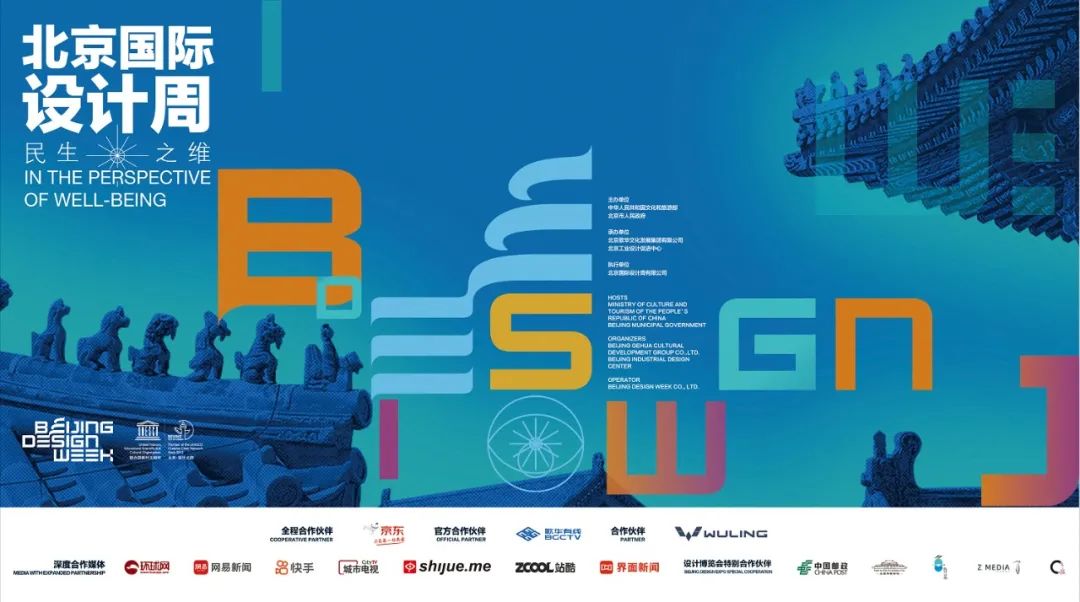
The Visual Design of 2021 Beijing Design Week (Photo via official Weibo account of Beijing Design Week)
Design for "Chinese Wisdom" Sharing
Beijing Design Week is a large-scale annual cultural event and international creative design event held in Beijing. Upholding the concept of "Design Capital — Smart City", this event plays a leading role in boosting innovation. Today, Beijing Design Week has become an internationally influential sustainable platform for creative design in public service across Beijing. It also serves as an important engine for Beijing to relieve functions non-essential to its role as China's capital and build high-tech industries.
The main event of 2021 Beijing Design Week lasted from September 23 to October 7 under the theme of "Brand Power". Grasping the opportunity to promote national culture in the run-up to the 2022 Beijing Olympic Winter Games, it was intended to enhance the brand building of Chinese design, Chinese manufacturing and Chinese services.
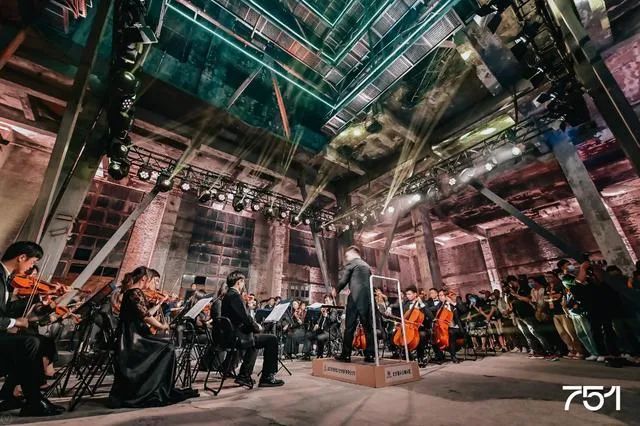
751 Int'l Design Festival at 2020 Beijing Design Week (Photo via Beijing Daily)
Zhangjiawan Design Town, as the new design landmark, is the highlight of the planning and construction of the Beijing Municipal Administrative Center. With urban design, industrial design, cultural and creative design, art design and other industries gathering together, this place serves as the permanent venue of Beijing Design Week. The facade of the site was unveiled in late October, and the "World Design Center" integrating the functions of press release of latest design information, holding of cultural activities, office work, display and transactions has become a new internationally renowned landmark of this town.

Design sketch of the permanent venue of Beijing Design Week (Photo via Beijing Daily)
Summit Leads Better Urban Life
In addition to Beijing Design Week, UNESCO Creative Cities Beijing Summit is also an important international event in Beijing, and three editions have been held up to now. The summit focuses on how to adopt new technologies to empower culture and creativity and incorporate cross-disciplinary technologies into the city management system, in order to further improve the life of citizens.
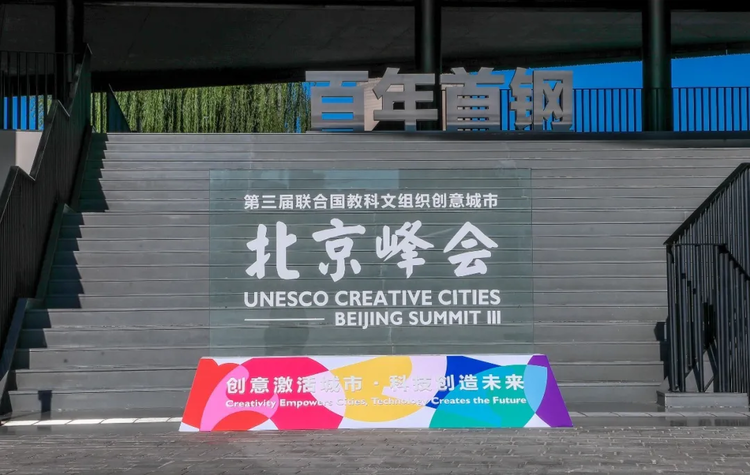
(Photo via the official WeChat account of "National Science and Technology Innovation Center")
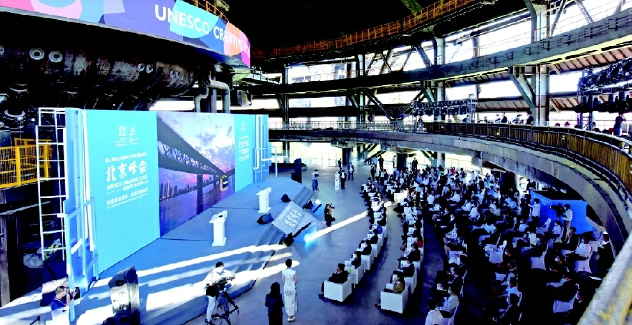
(Photo via Shougang Group)
In 2020, the third UNESCO Creative Cities Beijing Summit was held at the No.3 Blast Furnace of Shougang Park in Beijing. The summit venue cleverly echoed the theme of UNESCO on "Creative Cities" and "Industrial Heritage Preservation and Reutilization", giving a new look to the former iron-making blast furnace and highlighting its sci & tech, fashion and the sense of time travel. It became the first blast furnace to hold customized product launch after renovation.
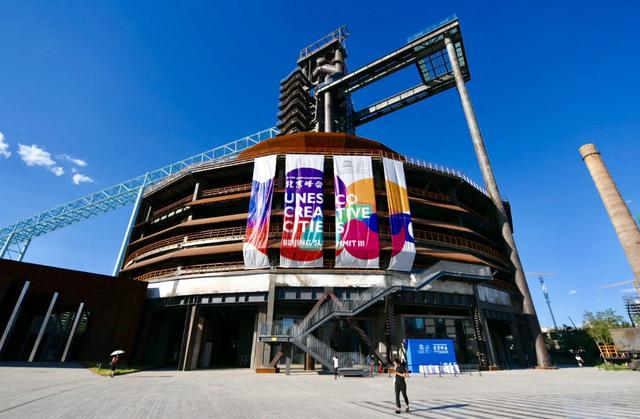
(Photo via Beijing Daily)
Sci & Tech Empowers Sustainable Design Development
In 2019, Tongzhou, Beijing opened a new platform for the City of Design, which is an important strategic plan for Beijing to accelerate the development of sci-tech innovation in Tongzhou District and build a high-tech economic structure. In addition, Beijing has been continuously exploring new models, mechanisms and paths to promote innovation. The World Design Capital Building, jointly presented by Beijing Municipal Science & Technology Commission and Beijing's Xicheng District, is the landmark building in the core area as well as the home of the International Center for Creativity and Sustainable Development (ICCSD), the first UNESCO category 2 center with the theme of "creativity and sustainable development".
What are the typical cases in building the City of Design? Follow ICCSD and have a look at them.
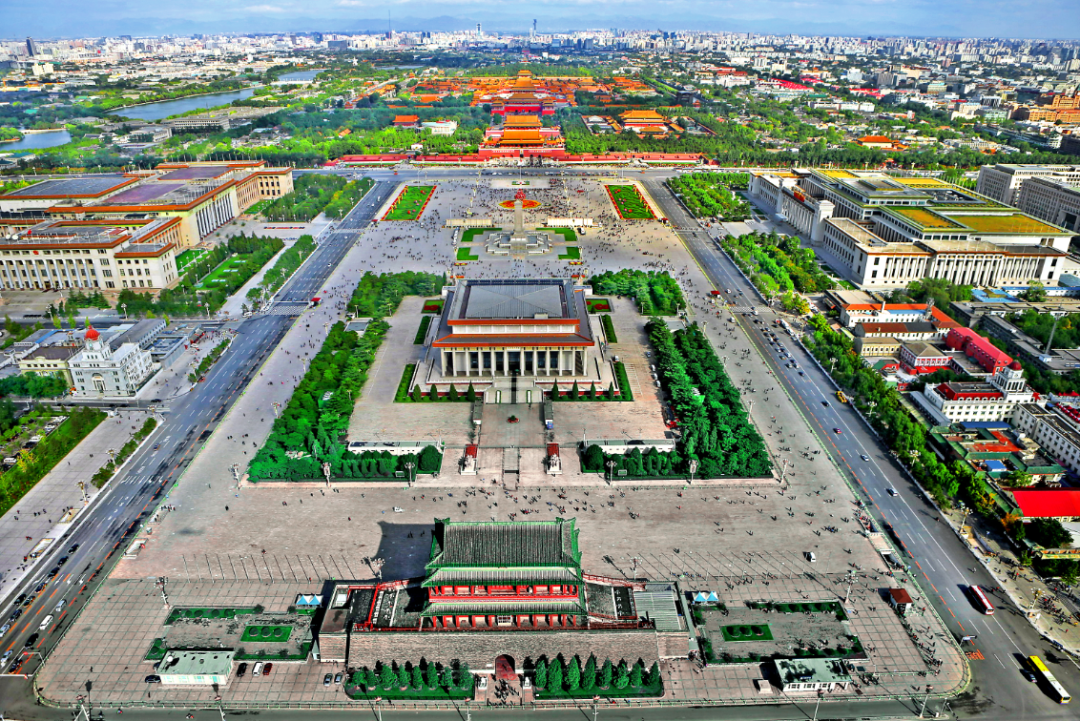
Beijing Central Axis
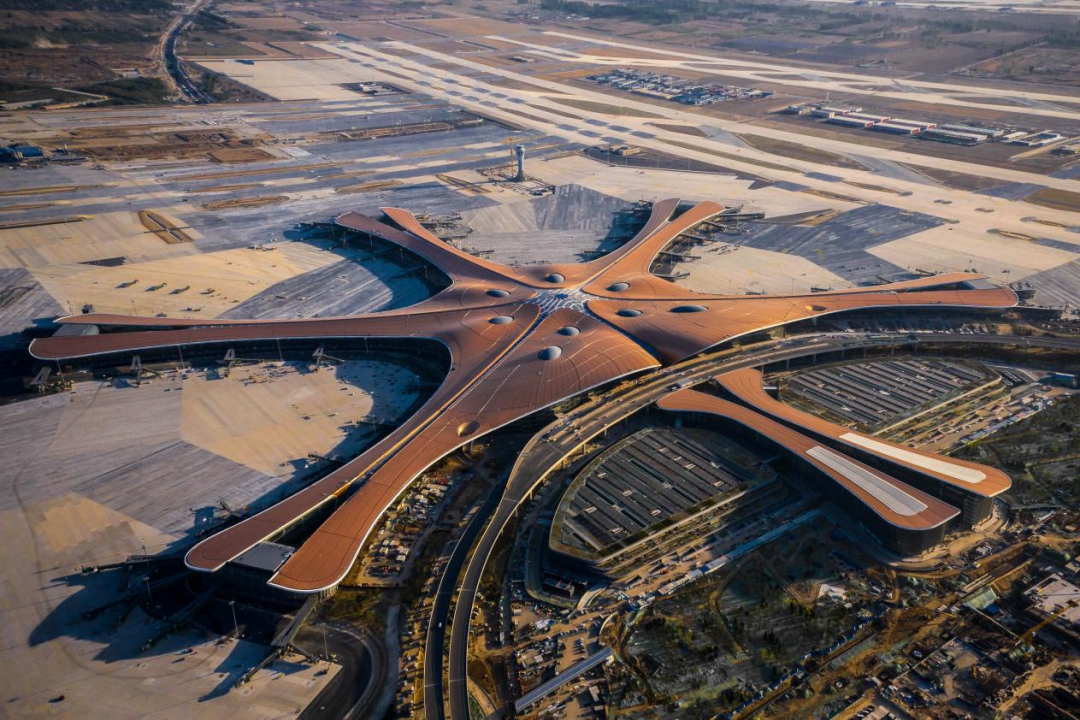
Beijing Daxing International Airport
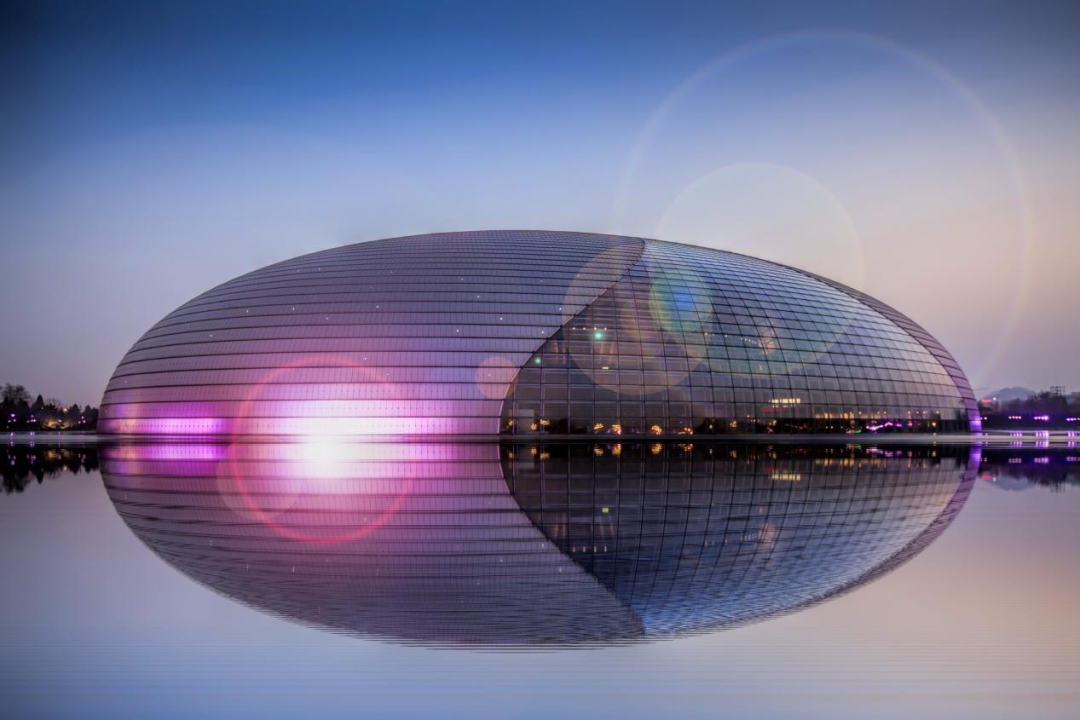
National Center for the Performing Arts
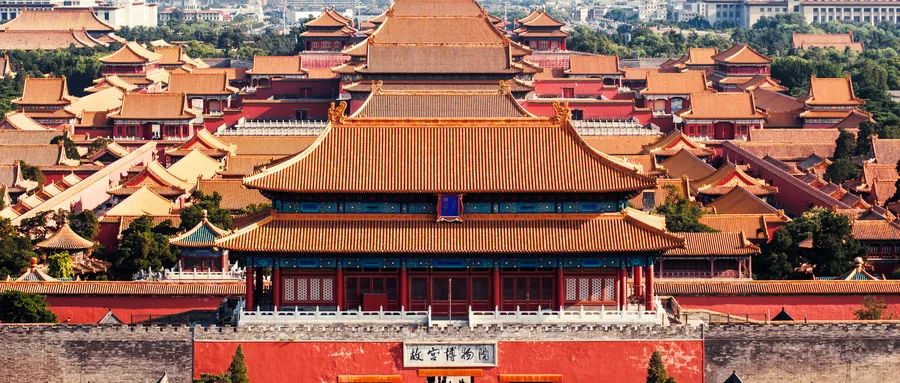
Known as the soul and backbone of the old city area of Beijing, the Central Axis is the longest and most complete ancient urban axis in the world. Following the design concept of "Imperial Ancestral Temple on the west and Altar of the Land and Grain on the east" and "Imperial Court on the south and Marketplace on the north", the Central Axis goes uninterrupted all the way from north to south with buildings distributed evenly on the east and west. Besides, it sets an example for spatial and functional order of traditional Chinese cities, and reflects social hierarchy and patriarchal ritual system in ancient China as well as the "value of the center" in traditional Chinese culture. Bird's Nest and Water Cube, two buildings of round and square shapes, echo each other on the two sides of the Central Axis, which fully reflects the belief that "the heaven is round and the earth is square" in ancient China.
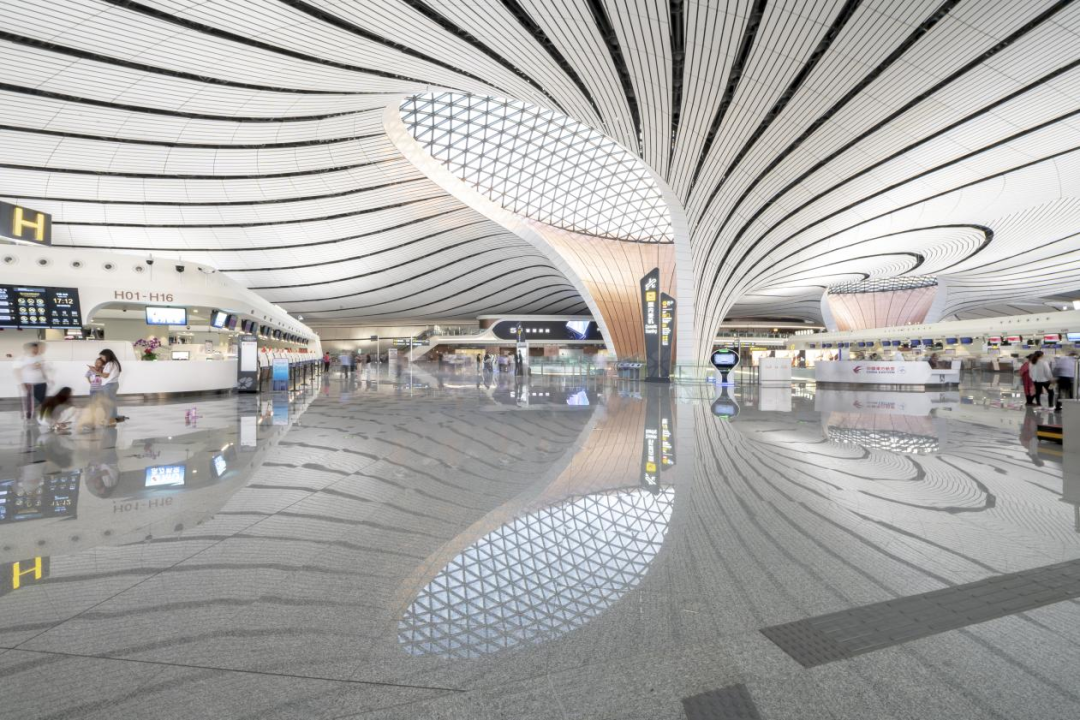
Beijing Daxing International Airport is the first airport in the world to have a double-deck departure lane, China's first airport to adopt a "multi-directional" design of runway, allowing high-speed railways to run through the terminal. The entire design is people-oriented, with many details taking into account both artistic beauty of the architecture and functions of the structure.
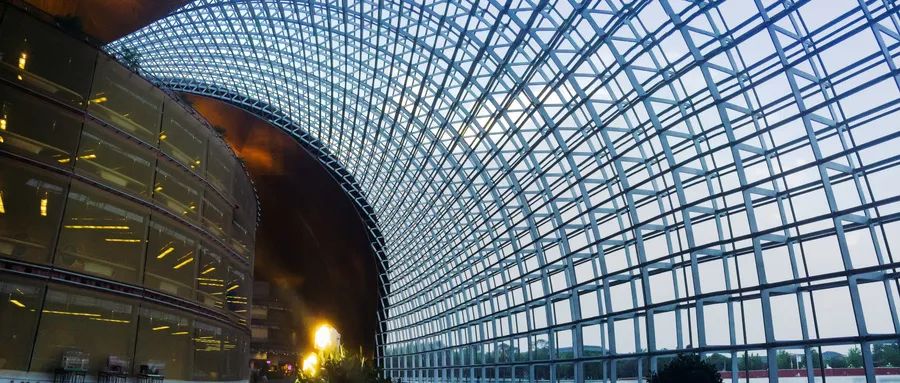
The people-oriented design can be reflected by the fact that the terminal building adopts a five-finger corridor configuration, which makes the near-airport planes equally distributed and properly shortens the walking distance for passengers, who can see their destination information with the naked eye when entering the terminal building. The eight huge C-shaped columns on the roof and the integrated design of the superstructure fully demonstrate how the airport perfectly integrates the art of architecture and functions of the terminal building. The design of a bridge in the terminal building resembles a move in traditional Chinese opera performance known as "flinging sleeves", perfectly fusing artistic design with functions.
The National Center for the Performing Arts is a vital base for China's cultural and creative industries and one of the most iconic buildings in Beijing. It was designed by the famous French architect Paul Andreu and attracts many visitors with its glass dome and egg shape. The National Center for the Performing Arts is uniquely shaped, enjoys hybrid cultural styles and the combination of traditional and modern elements. The design was inspired by a seed. The architecture is surrounded by the water, trees and red walls nearby in a serene style featuring symmetrical beauty. Instead of highlighting itself by standing in isolation, it chooses to be fused into space as a whole. What the theatre offers is a chance to enjoy happiness and musical feast for those who come.
In addition, with the development of sci & tech, digital technology has also become the latest form of expression for the development of design. At the China International Fair for Trade in Services held in September, 2021, the Apollo robot vehicle, smart cross-border trade service platform, movable curling rink and "magic mirror" for skin testing impressed numerous visitors. "Intelligent Manufacturing in Beijing" and "Intelligent Manufacturing in China" were also well received.
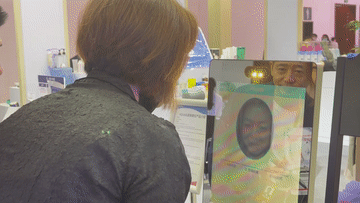
The "magic mirror" for skin testing (Photo via Xinhua News Agency)
Building the International City of Design: Beijing Design Going Global
Thousands of years of history has given Beijing a calm and restrained character, while the development of modern sci & tech has shown the world an international metropolis that is constantly innovating and developing. Then what kind of capital is to be built? How should we build that capital? What has Beijing done in the process of construction?
In recent years, the international influence of "Beijing Design" has been increasing significantly. The annual revenue of design industry has exceeded 200 billion yuan (about 31.4 billion U.S. dollars), with the recognition of design brands and innovation ability being enhanced remarkably. Design is playing a more crucial role in elevating urban development, and the cultivation of design talents proves effective. In April 2020, Beijing proposed to follow the basic development framework centered on "four cultures", namely ancient capital culture, red culture, Beijing-style culture, and innovation culture, as well as "one core, one city, three belts and two zones". Vivid examples include the building of Grand Canal Forest Park and the Great Wall National Cultural Park, the preservation and renovation of key cultural relics and resident relocation in the area of three mountains and five parks, and the construction of Universal Studios Beijing theme park. Beijing has also planned to focus on the building of "five capitals, one city and two centers", in which "five capitals" refer to the capital of design, film & television, performing arts, music and online games, "one city" the world-renowned tourism city, and "two centers" artwork trading center and convention & exhibition center.
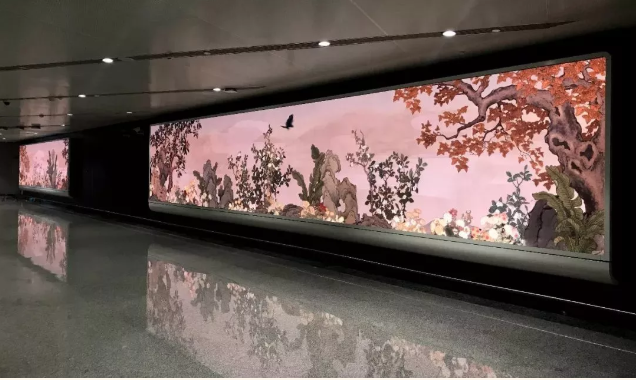
"Returning Birds", the interactive public artwork presented by Professor Fei Jun from the Central Academy of Fine Arts to Beijing Daxing International Airport
As for the protection of the old city area, Beijing follows the concept that "no old buildings can be demolished again". As the city is applying for its Central Axis to be included in the list of world cultural heritage sites, it focuses on the overall preservation of the old city area and building of 13 cultural zones including "Shichahai-Nanluogu Alley", "Yonghe Lama Temple-The Imperial College" and "Zhangzizhonglu North-Xintaicang Hutong". It is expected that by 2035, Beijing's per capita floor area of public cultural service facilities will increase to 0.45 square meters. Efforts will be made to deepen people’s sense of happiness, build an innovative and creative city with international influence, and develop a modern cultural industry system and cultural market system with international influence.

The National Speed Skating Oval, known as "Ice Ribbon", the iconic venue of 2022 Beijing Olympic Winter Games (Photo: Xinhua/Zhang Chenlin)
Under the conditions of normalized epidemic prevention and control, the creative & design cultural industry has ushered in a critical period of development in the post-pandemic era. Next, Beijing will implement the strategy of building "People's Beijing, High-tech Beijing, Green Beijing", in an effort to build itself into a world-class city with Chinese characteristics. In the future, design enterprises will play a core role, as Beijing focuses on boosting openness and cooperation, promotes industrial revitalization, and elevates urban development. Beijing will become a people-oriented, dynamic, appealing and international City of Design with strong influence.